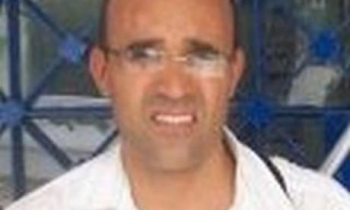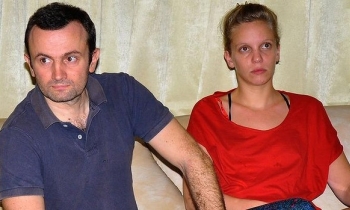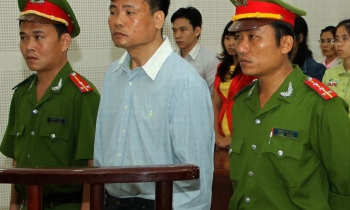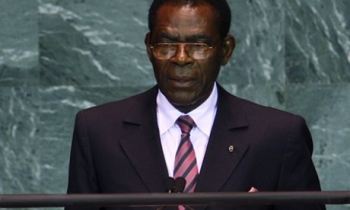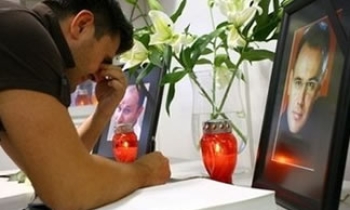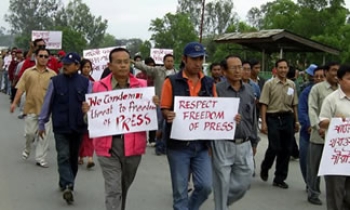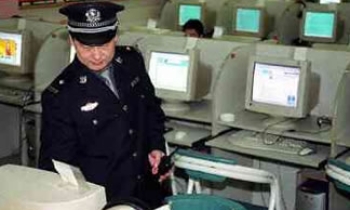The Burmese junta is resorting to all methods possible to prevent journalists, including those working for the foreign media, from covering a wave of unrest in response to an increase in the price of fuel.
“The military’s response to the wave of protests against price increases since 19 August has again been heavy-handed repression, intimidation and censorship of Burmese journalists,” Reporters sans Frontières (RSF) and the Burmese Media Associaiton (BMA) have said. “Despite the violence by the military and their bully-boys, reports and pictures of the demonstrations are being seen abroad. This testifies to the courage of the Burmese journalists and demonstrators.”

The censorship bureau and the police stepped up controls after the government raised fuel prices on August 15.
The Burmese correspondents of foreign news media say they been subjected to a great deal of intimidation from plainclothes police and members of the Union Solidarity and Development Association (the regime’s militia) while covering the recent demonstrations in Rangoon. Armed with spades and iron bars and circulating in army trucks, police and militiamen have been insulting and threatening journalists.
An unidentified journalist was roughed up by men in plain clothes as he took pictures of people lining up to take public transport in the capital on August 22. USDA members and police prevented journalists from approaching a group of street demonstrators in Rangoon the next day. USDA men jostled and insulted journalists. A Reuters reporter was forbidden to take pictures of arrests and the police finally seized his cameras.
As a result of this intimidation, Agence France-Presse (AFP) has described coverage of the current events as “delicate.” A journalist working for a foreign news organisation based in Bangkok told RSF that its Burmese stringer had been forced to stay away from the demonstrations because of the constant intimidation.
“Men in plain clothes impose an atmosphere of fear around the demonstrations which prevents us from working,” said one Burmese journalist employed by a foreign news organisation. “It is hard to risk being arrested for a photo.”
The Rangoon military command has banned journalists from taking photos of demonstrations and ordered the seizure and destruction of cameras from those who do not comply. In order to hamper the dissemination of reports, the authorities are said to have slowed Internet traffic, even for private companies.

Whole pockets of Rangoon were suffering from intermittent and rolling interruptions in their access to both the Internet and phone services, acording to the Southeast Asian Press Alliance (SEAPA). Web-based email and telephony services such as Gmail and GTalk – already de facto banned in past years, but until two weeks ago still reliably accessible via proxy servers (and apparently tolerated by Burmese officials) – have seen more disruptions and become less reliable, individuals told SEAPA.
After banning the Burmese media from publishing any reports about the demonstrations, the government announced that their leaders, known as the Generation 88 activists, will be prosecuted for trying to start an uprising. They face up to 20 years in prison. After a 10-day news blackout, the media have been told they can now refer to the fuel price increase in positive terms.

